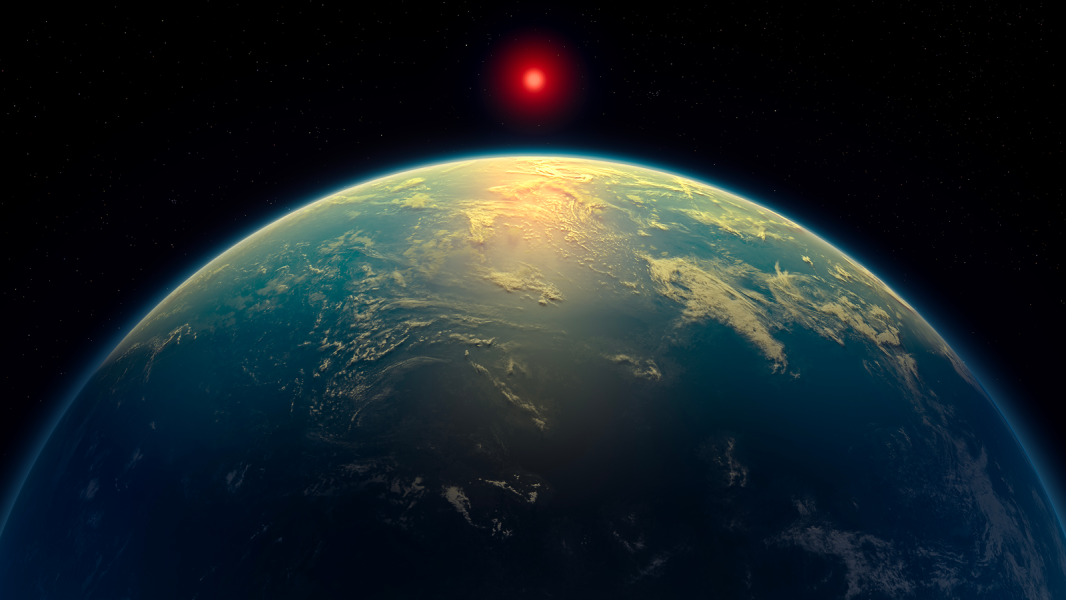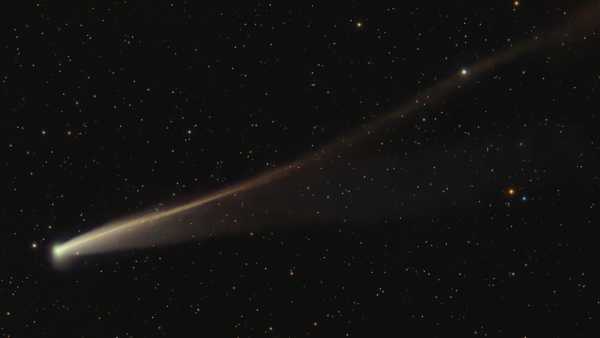
Astronomers have identified the most promising signs of a potential biosignature yet on exoplanet K2-18b, which orbits its star in the so-called habitable zone. (Image credit: A. Smith, N. Madhusudhan (University of Cambridge))
Chemical signatures of life have been detected on a distant exoplanet by NASA's James Webb Space Telescope (JWST), in what scientists say is the “most encouraging” evidence yet of extraterrestrial life.
The chemicals were found in the atmosphere of an exoplanet called K2-18b, which is located 124 light-years from Earth and orbits its star in the habitable zone — the region where liquid water could exist on the planet's surface, according to a new study published in The Astrophysical Journal Letters on April 17.
On Earth, these molecules — dimethyl sulfide (DMS) and dimethyl disulfide (DMDS) — are produced exclusively by living organisms, such as algae and other microorganisms. To date, DMS and DMDS have not been detected definitively in the atmospheres of other planets or moons. Although it is theoretically possible that these chemicals could form without biological involvement, they are considered possible biosignatures on other worlds.
“Our results provide new independent evidence for the possibility of a biosphere on K2-18b” and “represent an important step forward in the search for signs of life on exoplanets,” the researchers say in their paper.
K2-18b, which is 2.6 times the size of Earth and 8.6 times heavier, is thought to be a “hycide world,” suggesting it has a planetary-scale ocean and a hydrogen-rich atmosphere.
In a previous study published in 2023, the same team of scientists found methane (CH₄) and carbon dioxide (CO₂) in the planet’s atmosphere, marking the first time carbon molecules had been detected in the atmosphere of an exoplanet in the habitable zone of its star. Potential signs of DMS were also detected. However, the levels of DMS were “low statistical significance,” preventing the researchers from conclusively confirming its presence.

The graph shows the observed transmission spectrum of the habitable zone exoplanet K2-18 b using the JWST MIRI spectrograph.
“We weren't sure whether the signal we'd seen earlier was related to DMS, but even the hint was encouraging enough that we looked again at JWST using a different instrument,” Prok said.
Sourse: www.livescience.com





